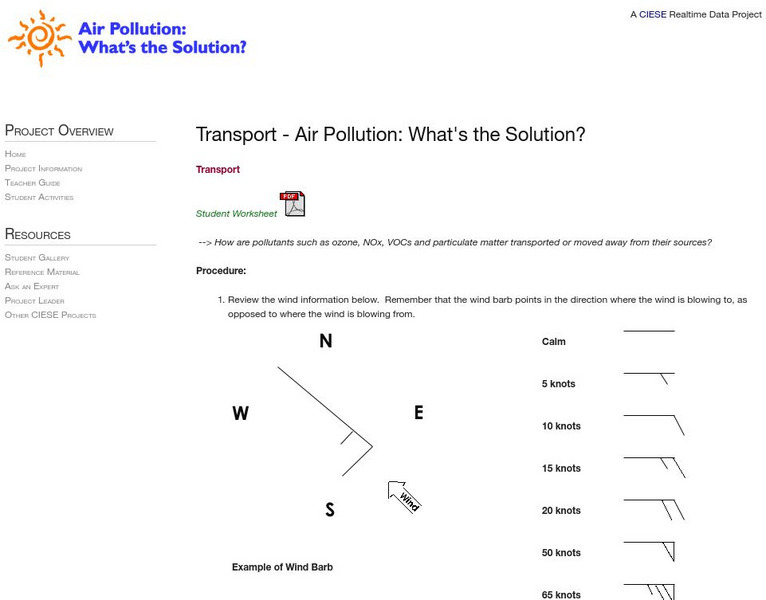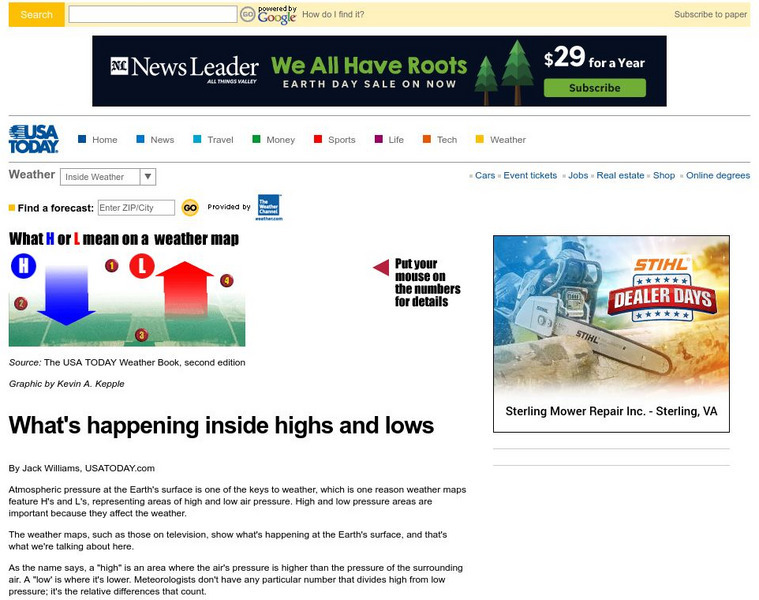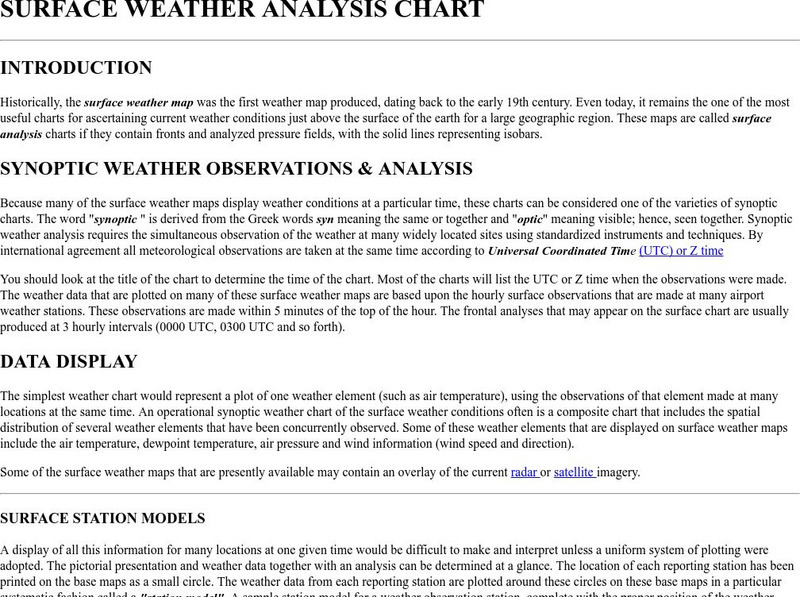Hi, what do you want to do?
Utah Education Network
Uen: 1st Grade Act: 22: Retelling the Tiny Seed
This lesson engages students in story retelling to Eric Carle's book, The Tiny Seed. Students will participate in interactive storytelling as they write sentences and illustrate pictures about seed travel.
Other
Okanagan University: Eolian Processes and Landforms
A wonderfully detailed introduction to the topic of wind erosion and landforms. Contains many illustrations and maps which show the concepts that are presented in the text.
NOAA
Noaa: National Ocean Service: Education: Currents
Illustrated tutorial explains the numerous factors which shape ocean currents. Animations help students visualize how these aspects constantly affect the water movement in the ocean and how scientists use this information to study ocean...
Center for Innovation in Engineering and Science Education, Stevens Institute of Technology
Ciese Real Time Data Projects: Weather Scope: A Study of Weather and Climate
Use real-time data to study factors that affect weather and climate, create weather instruments, and share data with students around the world.
TeachEngineering
Teach Engineering: Glaciers, Water and Wind, Oh My!
This hands-on activity explores five different forms of erosion (chemical, water, wind, glacier and temperature). Students rotate through stations and model each type of erosion on rocks, soils and minerals. The students record their...
CPALMS
Florida State University Cpalms: Florida Students: How's the Weather?
A tutorial that describes the five factors that determine the weather in a particular place and time. The factors discussed in this tutorial are air temperature, air pressure, humidity, wind, and precipitation. A PDF file of the tutorial...
Other
Core Knowledge: Poetry in Motion [Pdf]
Collection in pdf format of seven lessons integrating poetry across-the-curriculum. Includes dramatization, developing poetry reading skills, and creating poetry appreciation. Printable graphic organizers and a fine bibliography...
Center for Innovation in Engineering and Science Education, Stevens Institute of Technology
Ciese Real Time Data Project: Air Pollution: Transport
This activity will teach you how to interpret a wind barb. You'll also access near real time wind data and pollutant animations to track the transport and final destination of pollutants
NOAA
Noaa: National Weather Service: Wind Chill Temperature Index
Provided by the National Weather Service, a chart showing current temperature, wind (mph) and the air temperature with the wind chill. Shows the calculation for wind chill at the bottom of the chart and provides a wind chill calculator.
Better Lesson
Better Lesson: What Is Wind?
The purpose of the lesson is to introduce students to what causes wind and how it can be measured. Students will create a wind gauge and collect data on "wind speed". Detailed instructions are included as well as examples of the lesson...
Better Lesson
Better Lesson: Where'd the Wind Come From?
Kids learn the science behind wind by watching a video, hearing a book and using a flow chart. This lesson includes pictures of students' completed work, extension ideas, and a printable flow chart worksheet.
Kansas State
Kansas State Univ. & Usda: Wind Erosion Dust Bowl Photos
This website uses photographs to show the human impact that wind erosion had on people's lives during the Dust Bowl of the 1930s.
PBS
Pbs: El Nino
You can link to the anatomy of El Nino, chasing El Nino, and El Nino's reach. There is a resource page and a search page.
PBS
Pbs Nova: Design a Renewable Future
This interactive Lab investigates what energy is, how it can be converted into useful forms, and why some sources are running low. The Research Challenge allows students to design their own renewable energy systems to generate power in...
US Energy Information Administration
U.s. Eia Energy Kids: Energy Sources: Renewable
Learn about renewable energy sources including biomass, which includes biofuels, hydropower, geothermal, wind, and solar.
Better Lesson
Better Lesson: Preventing Wind Erosion
Students will use the engineering process to design a windbreak to save a house from wind erosion. Included in this lesson are detailed instructions, a video of the lesson in action, a list of materials, and a printable lab sheet.
Science Buddies
Science Buddies: Solving a 'Windy' Problem
The wind is a powerful force, enough to erode whole hillsides over time. Building structures in windy environments challenge civil engineers with special safety concerns. A wall in a windy area can either shield you from the cold or fall...
Energy4Me
Energy4me: Great Energy Debate
After learning about all the energy sources, students will be able to list and identify the economic and environmental advantages and disadvantages of them.
PBS
Pbs Learning Media: Curious George Stem: Blowing in the Wind Lesson Plan
During this Curious George STEM lesson, young scholars will explore the concepts of air and wind. Student will engage in a hands-on activity after watching a video excerpt from Curious George.
PBS
Pbs Learning Media: Curious George Stem: Blowing in the Wind
During this STEM lesson plan, young scholars will watch a clip from Curious George. Students will use this lesson plan to guide children in investigating how different objects move in the wind (moving air).
American Museum of Natural History
American Museum of Natural History: Make Your Own Weather Station
Students can plan and carry out investigations of local weather patterns by building their own weather stations to collect observations of various weather conditions: rainfall, wind direction, and air pressure.
PBS
Pbs Learning Media: Reach
REACH is a self-paced interactive reading program to engage parents and children as at-home reading partners. Designed by classroom reading specialists and aligned with kindergarten through third grade standards, these self-paced...
USA Today
Usa Today: What's Happening Inside Highs and Lows
Interactive media is used to explain the differences between high pressure and low pressure weather systems.
University of Wisconsin
Atmospheric and Oceanic Sciences: Surface Weather Analysis
Explains the use of synoptic weather analysis in preparing weather maps and forecasting. Discusses the use of symbols as well.





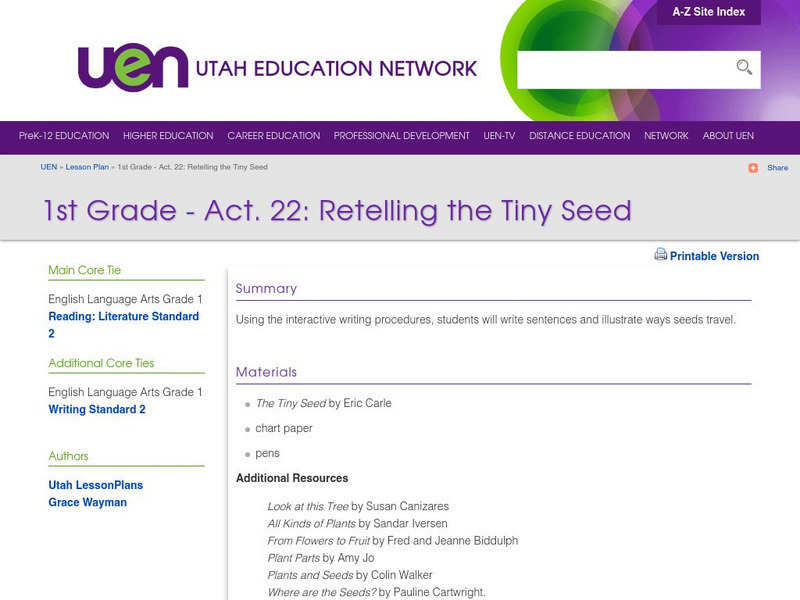


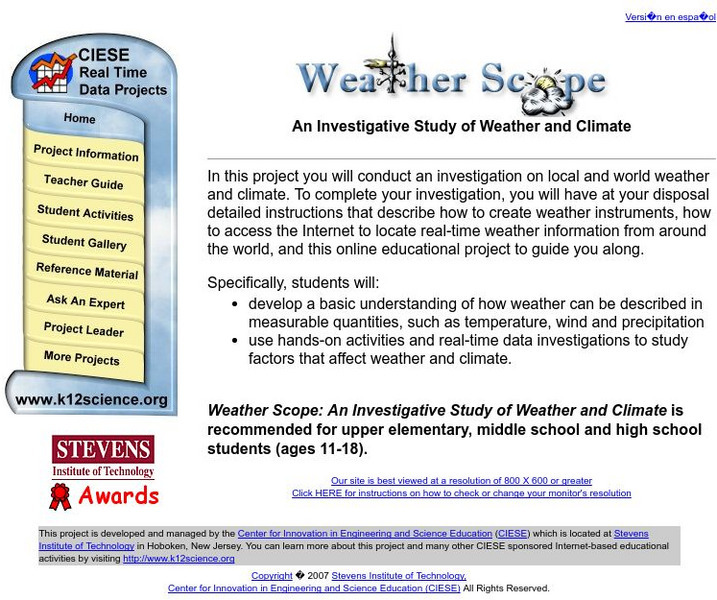
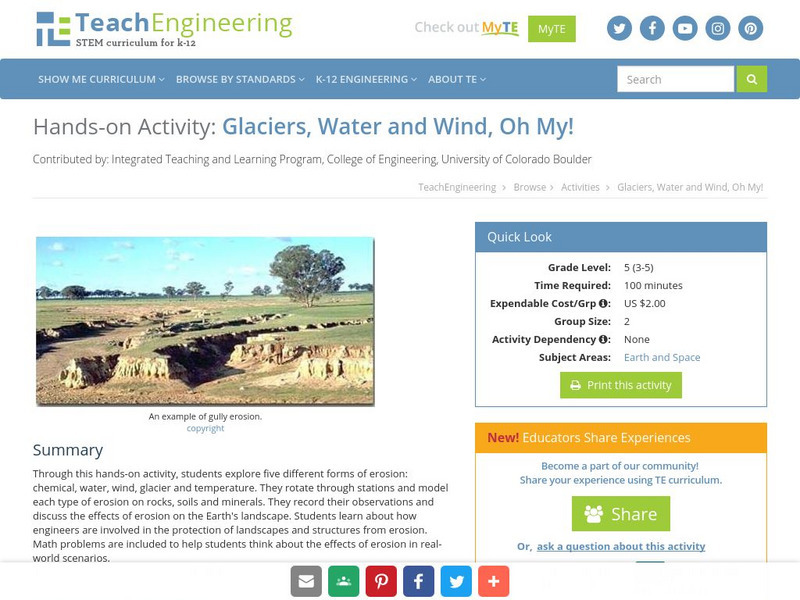

![Core Knowledge: Poetry in Motion [Pdf] Lesson Plan Core Knowledge: Poetry in Motion [Pdf] Lesson Plan](https://static.lp.lexp.cloud/images/attachment_defaults/resource/large/FPO-knovation.png)
